Release of TYO’s 2011-2012 Nablus Community Needs Assessment
Yesterday, TYO released the findings and recommendations from its 2011-2012 Community Needs Assessment, detailing the pressing needs of the most disadvantaged community members in Nablus. The Nablus Center Director welcomed partners from the public and private sectors to a discussion, where the report findings were shared and discussed. Members of UNRWA, Right to Play, the U.S. Consulate General Jerusalem, An-Najah National University, the Palestinian Red Crescent Society, and various local Palestinian NGOs all participated in the event.

The report examines the needs of children, adolescents, youth, and women to better understand the challenges that prevent them from realizing their potential as healthy, active and responsible family and community members. It also illustrates the differences in community members’ needs by age and target area, while clarifying what it means to be one of the “most disadvantaged” members of the Nablus community.
Data from more than 400 individuals from the neighborhoods of Khallet Al Amood, the Old City, and the city’s four refugee camps—Al Ein, Balata, Old Asker, and New Asker—inform this study. Information was collected from seven to nine-year-old boys and girls through focus groups; 13 to 16-year-old male and female adolescents through surveys and focus groups; and women through surveys, focus groups, and home visits. Participants were asked to provide information about six issue areas that TYO identified as critical to the current and future wellbeing of individuals, families and the community at large: psychosocial wellbeing, exposure to violence, family life, education, poverty, and nutrition and health.
Key findings from the needs assessment include:
- Children (age 3 to 9) encountered violence directly from their parents, teachers, school administrators, and peers, and expressed fear of the world around them. Their diets lacked key nutrients and protein sources.
- Adolescents (age 10 to 16) doing poorly in school were at significant risk of dropping out. Boys and girls alike had almost no outlets for play or creative learning, and many displayed symptoms of anxiety or depression.
- Youth (age 17 to 25) lacked the skills necessary to join the labor market successfully, indicated by high unemployment. Many women were already married, requiring support as young wives and mothers.
- Women demonstrated a serious need for psychosocial support, with an overwhelming majority reporting symptoms of anxiety and depression. Women’s challenges included lack of education and job skills, domestic abuse, financial duress, health problems, parenting concerns, and political violence.
From these findings, recommendations for how TYO can improve its programming were also proposed. Through implementing these recommendations, TYO hopes to more effectively meet the most pressing needs of children, adolescents, and women it currently serves.


